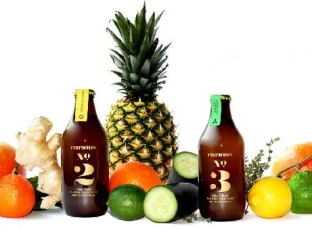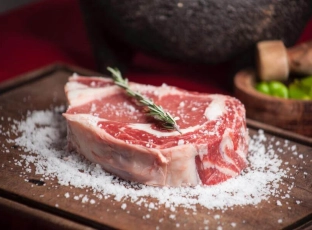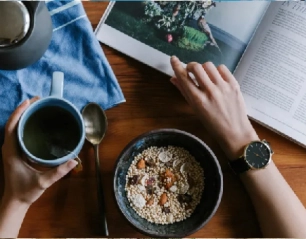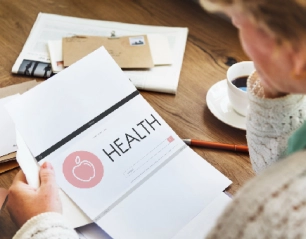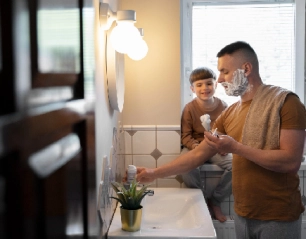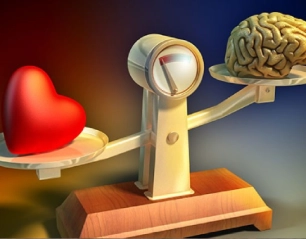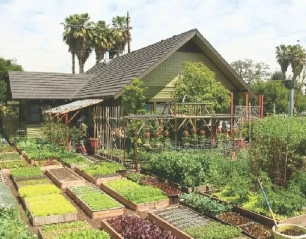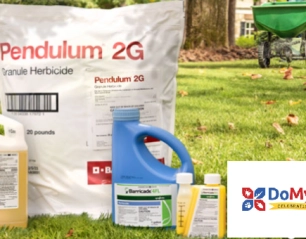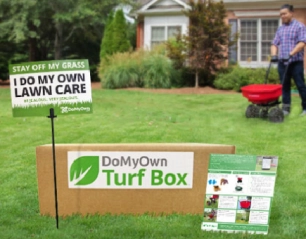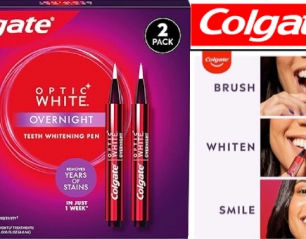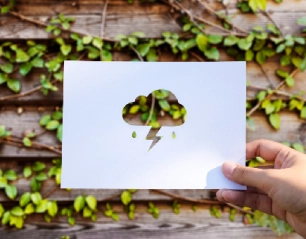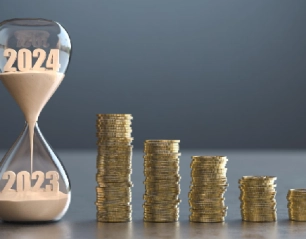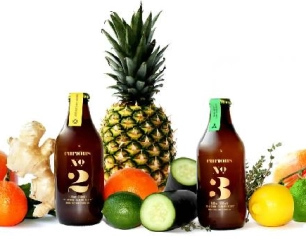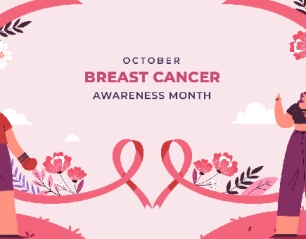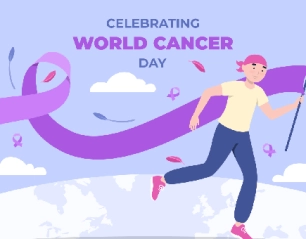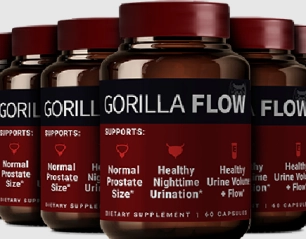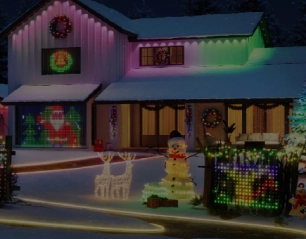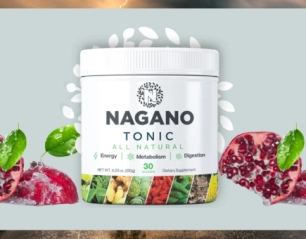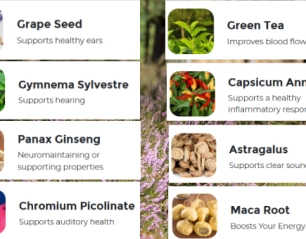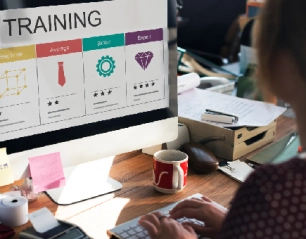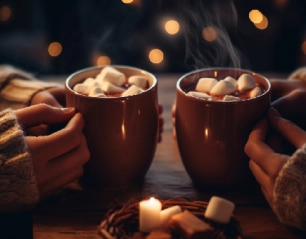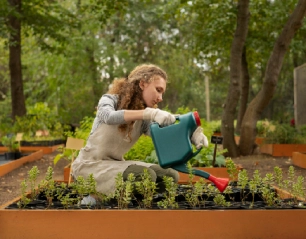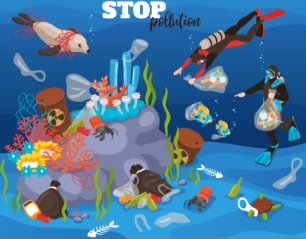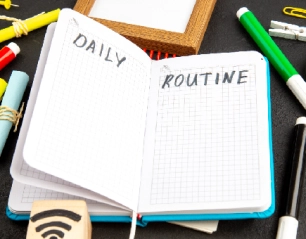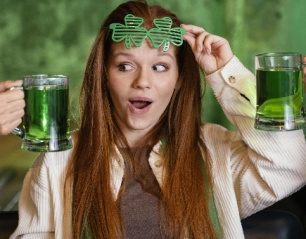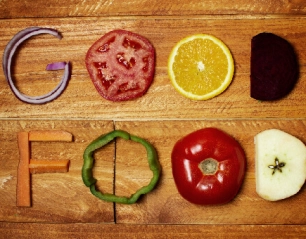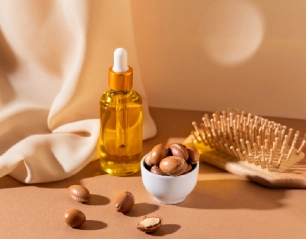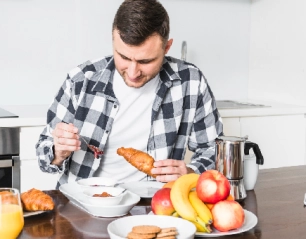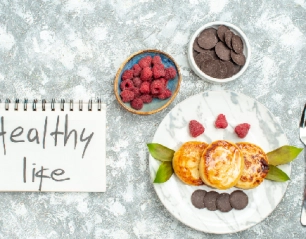The hot summer environment requires people to drink more water than normal health recommendations for individual survival. The human body needs water as a basic requirement to sustain all physical operations because it balances temperatures and transports nutrients throughout the systems. Your body increases its need for hydration dramatically during summer because it produces heavy sweating. People generally lack clarity regarding the appropriate time for water intake and suitable water volume. The summer sip schedule offers a simple approach helping people choose their water consumption timing based on hot weather benefits.
Understanding Your Body’s Summer Water Demands
Your body needs different amounts of water depending on the environmental conditions and personal characteristics such as temperature physical activity dietary needs and individual characteristics. Your body's heat defence mechanism causes body water loss through sweating during hot summer months. Your basic fluid requirements increase strongly because of summer temperatures. The cumulative amount of water needed reaches 4.5 litres for particular individuals based on both their physical exertion level and their heat exposure conditions and body size parameters.
Hydration Starts before You Feel Thirsty
A late indicator of dehydration is thirst. After losing only 1–2% of total body water all signs of thirst emerge yet your mental and physical capabilities will already begin to suffer. Drinking water at regular intervals is better than waiting for your mouth to feel dry because thirst appears only once dehydration has already begun. Develop a regular practice of water consumption which should begin before your outdoor activities and intense workouts.
Morning Hydration Matters Most
Dehydration is a process that occurs within the body when it sleeps. Your metabolism approaches peak performance since you have refrained from drinking anything during the night's long duration. Drinking 300–500 millilitres of water soon after waking up hydrates your body improves digestion and sharpens your mind. The combination of lemon juice and sea salt during summer adds effective electrolyte replacement to your water for better system refreshment.
Pre-Meal Sipping: Balancing Digestion and Hydration
Consuming water before eating receives more attention than consuming water during or directly following a meal. Drinking water between twenty and thirty minutes before your meals brings the most beneficial effect during the summer sip schedule. Drinking water thirty minutes before eating provides digestive benefits that improve fullness and reduce body temperature while you eat. Drink water in small amounts earlier rather than later after eating because it weakens digestive juices and postpones the digestion process.
The Role of Water in Physical Activity
The requirements for water intake surge dramatically when you participate in outdoor activities including walking, working out or playing sports. Water consumption at a level of 500 ml is recommended for exercise about two hours ahead of physical activity. Drinking water in doses of 15–20 minutes will help manage sweating needs during exercise time. The recovery process requires you to drink at least 500–750 ml of water but electrolyte-added liquid works best if your sweat volume is excessive. This strategy stands as a vital prevention method to stop heatstroke alongside the development of muscle cramps when temperatures reach very high levels.
Smart Sipping at Work or School
Staff members in offices or classrooms equipped with air conditioning systems experience reduced visibility of sweating which leads to forgotten water intake. Dry indoor air dries out both your skin as well as your mucous membranes despite being unnoticeable. You should maintain a bottle of water on your desk while trying to drink it at regular intervals of 30–45 minutes. A hydration app together with setting reminders provides gentle prompts during your daily working hours to help you stay hydrated.
What You Eat Impacts Your Hydration Too
Drinking water represents only one aspect of hydration through which your body stays properly hydrated. Multiple types of food items function as important water sources for your daily hydration needs. The diuretic content in watermelon and strawberries and oranges and cucumbers exceeds 90% making them excellent heat-beating hydration sources. The body demands increased water consumption after consuming salty or processed foods. During summer months choose water-rich foods while you should limit your consumption of dehydrating diuretics like alcohol and caffeine unless you stay hydrated.
The Midday Slump: A Hidden Hydration Trap
The period between noon and 3 PM usually brings decreased energy levels among most people. People typically choose coffee or sweets as refreshments yet dehydration stands as the real source of their exhaustion. During this period, sunlight reaches its maximum strength which leads to increased sweat rates even while performing only basic movements. During this period, the strength of the sun increases and sweat rates may rise for simple movements. Drinking water before hydrating meals like salad, yoghurt or fruit stands is the best protection against dehydration and diarrhoea.
Evening Hydration: Not Too Little, Not Too Much
Maintaining hydration remains important at sunset yet people should limit their intake. Excess water intake immediately before bedtime causes interruptions during your sleep because of increased bathroom use. There should be no elimination of water intake throughout the evening hours. For those people who sleep in air conditioning or fan-driven ventilation, they just need to drink not much water during dinner and consuming a single glass of water one or two hours before bedtime stops dehydration from happening during nighttime.
Signs You’re Drinking Too Little (Or Too Much)
A typical sign of good hydration appears as clear, pale yellow-coloured urine. Healthy urine appearance should be clear and pale yellow with a mild smell but dark colour or strong odour combined with infrequent urination needs more water consumption. Drinking too much water in a brief period while neglecting to replenish electrolytes creates a condition named hyponatremia which affects a few individuals. Drinking habits leading to nausea along with headaches and confusion create these symptoms. In summer, balance is everything. Take note of how your body feels along with developing better drinking habits than you do right now.
Hydration Strategies for Kids and the Elderly
The dehydration of children is much easily achieved because of their inability to properly communicate when they really need to get a drink from other fellow human beings. Help your children enjoy their hydration by giving them exciting water containers as well as water-based popsicles or flavoured water for drinking. Elderly individuals typically show a weakened ability to notice when their bodies need water. Older adults should get easy access to fluids throughout daily periods and should eat more water-rich foods in their meals.
The Best Fluids for Hydration Aren’t Always Just Water
The fact is, on days other than water, any beverage adds to hydration. Herbal teas served cold, coconut water, and electrolyte drinks would make a great alternate source of hydration. These should be avoided in favor of drinks such as sodas or energy drinks that are loaded with sugar and make hydration even harder. A good rule of thumb is to keep at least 70-80% of your daily fluid intake at plain water or lightly flavoured beverages and include water-rich foods.
How to Set up Your Summer-Specific Drinking Schedule
The amount of water each person needs to consume varies because age together with body weight and physical activity, climate conditions and the food they eat must be considered. Use several days to monitor your water consumption to understand both physical sensations and emotional responses. Your afternoon mood demonstrates symptoms of fatigue and you may experience dizziness or feel irritable. The symptoms of insufficient hydration include dry skin or persistent headaches which you experience when you wake up. The stated symptoms should alert you to improve your water consumption levels. Create your sip-out timing arrangement through blocks combining 500 ml in the morning and 300 ml twice before lunch and dinner followed by 400 ml after lunch respectively. Your daily water consumption should reach 2.3 litres among the non-food water intake and exercise hydration. You should personalize these quantities based on your specific needs.
Hydration Meets Skin Health
The skin functions as the largest human organ which quickly shows dehydration-related signs. In the summer, its functions are that it helps to flush out the toxins and give elasticity, its purpose is to prevent dryness. External signs of dehydration manifest in breakouts, dullness, or excess oil. Pairing drinking water with topical hydration from aloe Vera gels or light moisturizers helps protect the skin's natural barrier and keep the summer glow intact.
Final Sips: Cultivating Consistency over Intensity
The major blunder made mostly by people is waiting too long in between gulps and then swallowing it down in huge gulps. This causes bloating and does not contribute much to the efficiency of hydration. Rather, to practice sipping water according to normalcy, adjust small amounts to sips throughout your day according to physical exercise and exposure. You can have a reusable water bottle, infuse it with mint or citrus, and transform drinking water into your loyal partner in the summer.
Conclusion
Summer hydration rules do not exist, keeping in mind that tuning into your body and creating an effective routine that suits your lifestyle works for different individuals. Promoting equilibrium, awareness, and forward-thinking hydration, the Summer Sip Schedule encourages everything from rehydration sessions in the morning to mindful sips in the evening. So whether you're reclining on the beach or navigating a concrete jungle, that perfect summer self starts with sipping water—at the perfect time.
Do you like this article? Then you must read this: How To Stay Hydrated Rather Than Waiting To Be Thirsty
Frequently Asked Questions (FAQs)
Between 3 and 4.5 litres of water daily are essential for adult hydration when one considers exercise levels and body temperature as well as their weight.
Regular daily water consumption gives better hydration compared to drinking a lot of water on a single day end.
The body can develop hyponatremia through overhydration which lowers sodium levels thus needing proper balance when hydrating.
Was this helpful?



